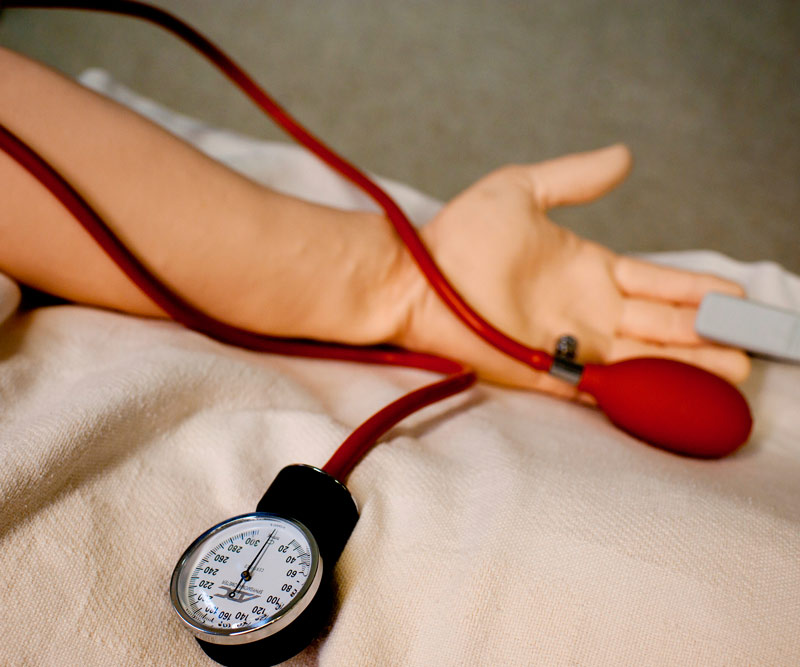
Do you ever feel like you gain weight very easily but have a very hard time losing, no matter what you try?
You could be suffering from a condition called metabolic syndrome.
What is Metabolic Syndrome?
To be diagnosed with metabolic syndrome, you need to have three out of four of the following symptoms:
- Central obesity (having a large waist circumference of more than 40 inches for men, and more than 35 inches for women).
- Abnormal blood sugar (this does not necessarily mean a person has diabetes; any abnormal glucose measurement or pre-diabetes counts).
- Abnormal blood pressure.
- Abnormal cholesterol.
More than one-third of the United States’ population is estimated to have metabolic syndrome.
However, certain ethnicities, including certain Asian ethnicities, are at higher risk – which can have implications for the people of Hawaii.

What’s scary is that individuals with metabolic syndrome have a much higher risk of developing cardiovascular disease and diabetes than the general population.
How Does Metabolic Syndrome Affect the Body?
Many people with metabolic syndrome struggle with dieting – increased exercise and cutting calories doesn’t seem to do the trick.
In metabolic syndrome, there is a problem with how sugars and starches are processed by the body, so cutting down on these types of foods is probably far more important.
This is not always easy to do – sugar is everywhere! This is true even in foods we typically think of as “healthy,” including fruits, granola bars, brown rice and natural sweeteners like honey, agave and brown sugar.
No matter how “healthy” or “natural” the sugar, it can still be a problem in metabolic syndrome.
Here are some tips to watch your sugar intake:
- Stay away from boxed, processed foods and snacks. Most are very high in sugar and starch. Items advertised as “low fat” are often some of the worst culprits because they contain very high amounts of added sugar.
- Be aware of portion sizes. Fruit can be a great source of vitamins and fiber, but ensure portion sizes are appropriate to avoid too much sugar for the body at once. Also, fresh fruit is always a better choice than dried, canned or juiced fruits. Even better, if you typically eat more fruits than green vegetables, try to turn the tables for a day and eat more veggies than fruits.
- Fill up on fiber. If you choose occasional bread or flour products, choose items that have 4 or more grams of fiber per serving. Avoid fast-food breads like hamburger buns – one popular chain’s cheeseburger bun has only 2 grams of fiber but 7 grams of sugar.
How Do People with Metabolic Syndrome Get Healthier and Lower Their Risk?
For starters, seeing a physician regularly is critical.
People with metabolic syndrome can reduce their health risks by seeing a physician who can:
- Monitor body weight and provide advice on losing weight when needed.
- Monitor glucose, cholesterol and blood pressure.
Published on: September 21, 2017




